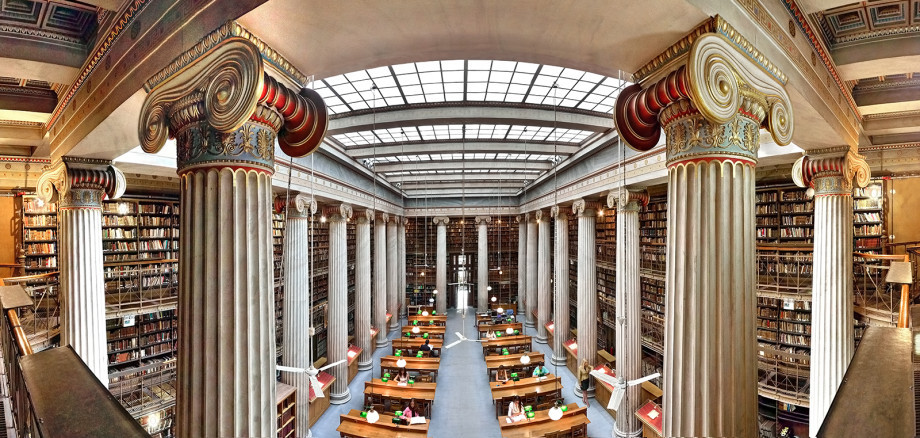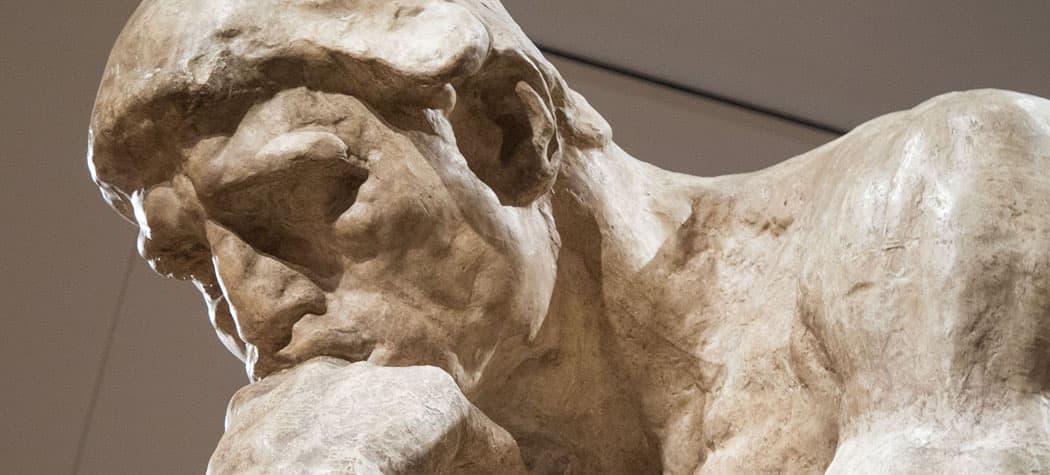
This project presents a cumulative onto-theological framework structured as a sequence of interlinked discourses. Rooted in relational ontology and divine typology, it redefines truth, ethics, and knowledge—not as abstractions, but as modes of participation in a revealed moral order. Beginning with foundational ontology and epistemology, the framework advances through moral realignment, semiotic deconstruction, and discursive analysis—culminating in diagnostic tools that expose how cultural narratives and symbolic systems suppress ontological fidelity.
Essays 1–6 focus on vertical Creator–creature analysis; Essays 7–12 shift to horizontal creature–creature interaction. This progression traces a moral arc: from relational rupture, to ontological restoration, to communicative responsibility within a contested field of meaning.
The appendices extend and apply the framework across disciplines. They move beyond conceptual exposition into concrete demonstration—ranging from theology, typology, and biblical law to economics, governance, linguistics, cultural criticism, and jurisprudence. Each appendix functions as both a case study and a diagnostic instrument, showing how the same ontological grounding can:
Expose category errors and typological confusions
Detect failures in epistemic structure and linguistic precision
Restore coherence where moral accountability is most contested
These applied studies reveal how modern discourse narrows what can be known or said by first constricting what is allowed to be. They show that ontological clarity can be operationalized to challenge distortion, recover excluded meaning, and hold language, logic, and lived reality to account.
Together, the essays and appendices operationalize the model across language, logic, and life—exposing conceptual drift and diagnosing the mechanisms by which truth is obscured.
Together, they operationalize the model across language, logic, and lived reality—exposing conceptual distortion and diagnosing ontological drift.
Appendix B includes a downloadable supplement in formal logic, demonstrating that the framework is not merely rhetorically potent, but logically coherent, morally anchored, and ontologically ordered.
Tonal Note:
This work speaks plainly where truth is at stake—not to provoke, but to invite. It exposes distortion not from cynicism, but from reverence: a call to moral clarity, intellectual coherence, and relational restoration with the Source of truth. The appendices demonstrate that these principles are not merely theoretical—they hold in the contested ground of theology, governance, economics, cultural criticism, and language itself. In each domain, the framework works as a diagnostic and a remedy, showing that truth’s reach is both principled and practical.
Final Note:
What follows is not a system built from brilliance or academic conquest. It is the slow unveiling of a structure we did not invent, but were graced to perceive. If it holds clarity, it is because it reflects the order of a One True God who does not simulate. This framework demands more than agreement; it asks for a posture—not of passive reception, but of reverent attention. The essays and appendices are best read in full, not piecemeal—not because they are complex, but because their integrity lies in their relational cohesion.
The appendices exist to prove that this is not abstract theorizing. They show how ontological clarity survives translation into practice—testing itself against economic models, political systems, legal reasoning, and cultural narratives. Each application both exposes the mechanics of drift and demonstrates how relational truth can be restored.
Our hope is that as you read, you do not merely examine it—but allow it, if needed, to examine you—gently, but truthfully.
Unless otherwise noted, all biblical references are from the King James Version.
For clarity on technical terms, theological categories, and formal tools used throughout, readers are encouraged to utilise the Glossary
.
